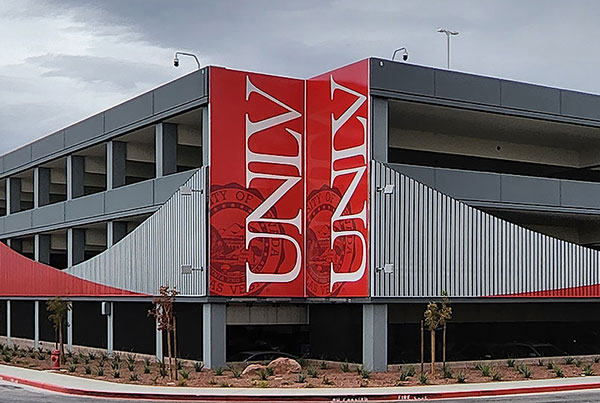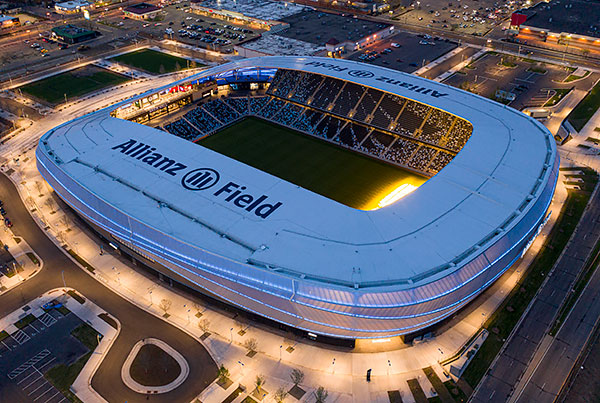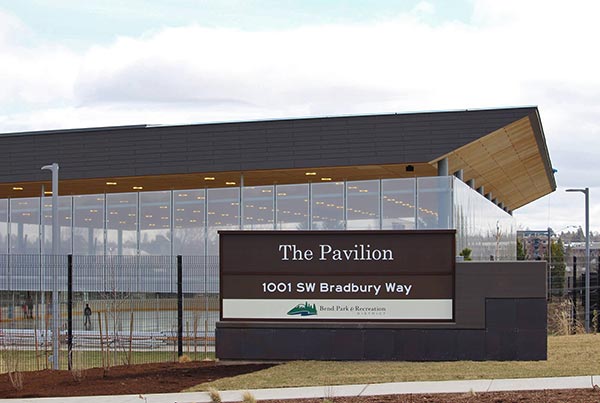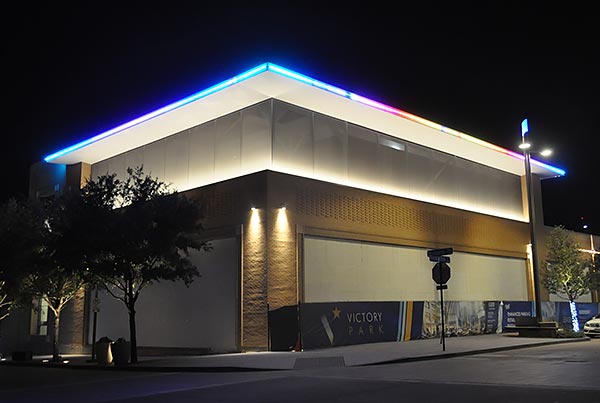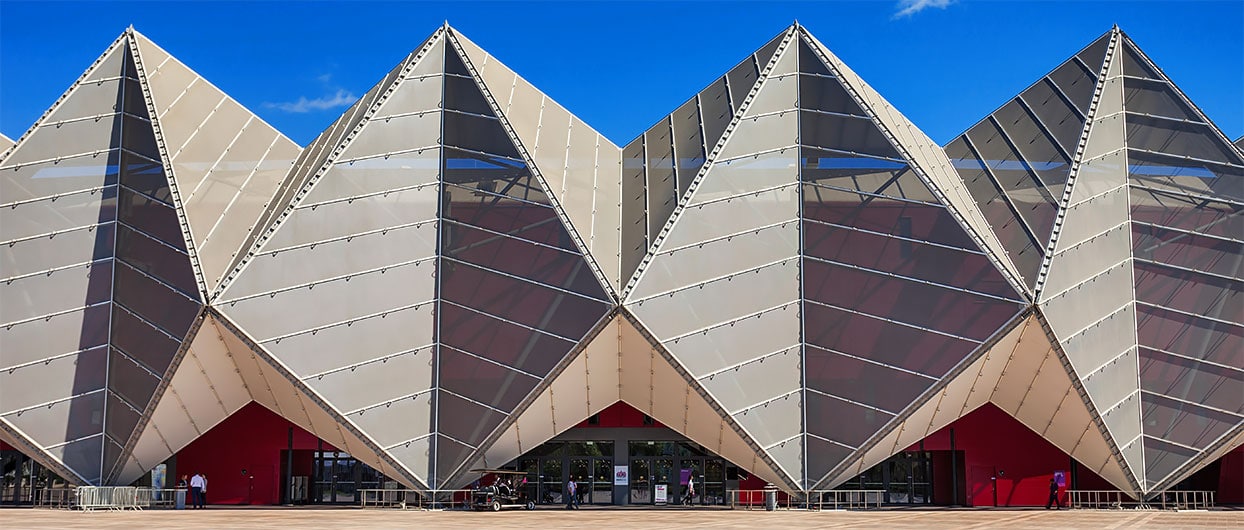
More Design Flexibility
Colors and Graphics
Unlike metal mesh faced cladding, most tensile fabric mesh can be printed to add specific colors as artwork, graphics, branding, or patterns. It can also be printed to have the appearance of a metal mesh façade at a fraction of the cost while providing various metal wire mesh colors in gray, bronze, copper, and bronze.
Less Weight
Reduced Weight = Larger Panels
Architectural fabric mesh façades are less than 5% the weight of metal screens or other metal wire façade solutions, reducing the amount of strain on existing buildings which requires less structural support and allowing for wider fields of mesh façade architectural panels.
Cost Savings
Reduced Weight = Less Cost
Less weight means less support and a reduction in the number of mesh façade connection details required. Fabric mesh façades also reduce installation time and labor costs. It’s an excellent value engineering alternative to metal mesh façade cladding.
Fewer Design Limitations
Membranes Can Span Wider, Have More Design Options
Membrane can be sealed together to create single panels much larger than the roll width, which cannot be done with metal mesh. This helps minimize the need for primary steel and saves a considerable amount of money. For example, the Allianz Field façade has fabric membrane that are 30’x180’.
Maintenance and Durability
Significantly Reduced Life Cycle Cost
Metal mesh façades can rust and stain the areas below and around the metal mesh. This does not happen with tensile membrane façades. Most fabric mesh materials have a coating to protect against fading and provide an additional layer of protection. The cleaning process is the same as metal mesh. Access to rain is encouraged with fabric mesh façades as water cleans and does not degrade the fabric. The expected life cycle is up to 20 years with some fabric meshes.
Aesthetics
Improve appearance
Fabric mesh façade architecture is an economic solution to improve the appearance of legacy buildings. A tensile membrane façade can help beautify functional buildings like a parking structure and update an existing, though tired, building design.
Protects Building Interior & Occupants
Glare Reduction & Maintain Views
Mesh fabric façades maintain visual transparency from the interior while providing glare-free daylighting. It may also reduce the need for costly interior blinds and window treatments.
Energy Savings
Solar Heat Gain Reduction / Reduced Heat Loading
Fabric façade systems reflect solar heat, creating a shade coefficient for your façade to reduce solar heat gain outside the building’s envelope at a fraction of the cost and hassle of a window replacement, leading to a quicker ROI for your clients.

